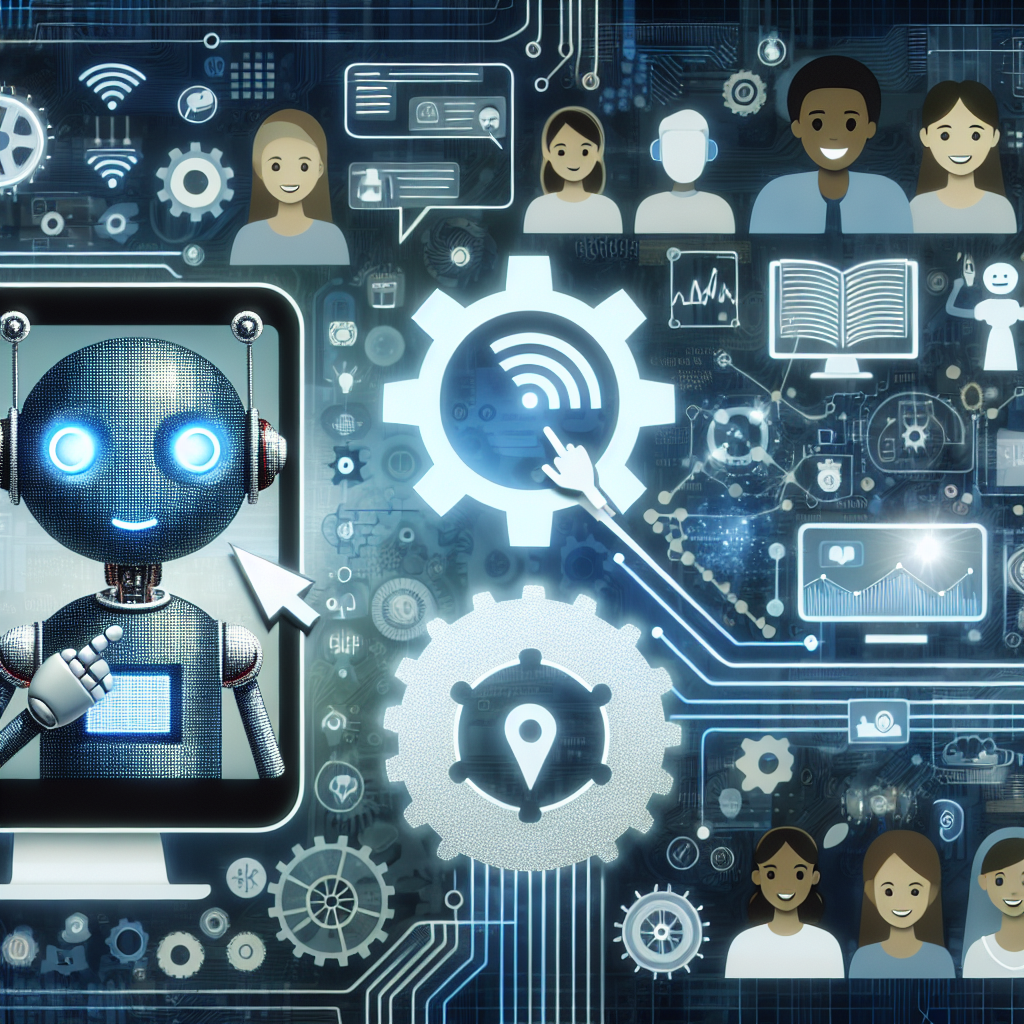Recently, customer service has experienced a significant transformation, primarily fueled by advancements in artificial intelligence (AI). One of the standout innovations is chatbots, which have dramatically changed how businesses communicate with their customers. Yet, the influence of AI goes well beyond chatbots, encompassing various technologies that constantly redefine customer interactions.
The Emergence of Chatbots
Chatbots have become essential in contemporary customer service strategies. These AI-driven tools can engage customers in real-time, addressing inquiries that range from straightforward FAQs to more intricate concerns. With capabilities in natural language processing (NLP), chatbots interpret and respond in human language, creating a smooth experience for users.
Advantages of Chatbots
-
Always On: Unlike human agents, chatbots function continuously, providing immediate assistance no matter the time or business hours.
-
Cost-Effectiveness: By automating repetitive tasks, businesses can significantly lower operational expenses, freeing human agents to handle more complex inquiries requiring a personal touch.
-
Consistent Answers: Chatbots ensure uniform responses, guaranteeing that every customer receives the same information, regardless of when or how they reach out.
- Scalability: During busy periods, like promotional events or new product releases, chatbots can manage an influx of inquiries without overwhelming human staff.
Beyond Chatbots: AI-Driven Customer Interaction Tools
While chatbots are among the most apparent examples of AI in customer service, other technologies are equally transformative:
1. Virtual Assistants
Voice-activated virtual assistants, like Amazon’s Alexa or Google Assistant, offer customers a hands-free method to obtain information. Businesses are incorporating these technologies into their service models, allowing customers to ask questions or place orders via natural speech.
2. Personalization Algorithms
AI analyzes customer data to customize interactions according to individual preferences and past behaviors. This level of personalization boosts customer satisfaction, making recommendations and interactions feel more relevant and engaging.
3. Predictive Analytics
Utilizing extensive data, AI can forecast customer needs and behaviors. This capability enables companies to proactively tackle potential issues, recommend relevant products, and enhance overall customer retention rates.
4. Sentiment Analysis
AI tools can evaluate customer interactions to assess sentiment, determining whether a customer is content or frustrated. This real-time feedback allows companies to respond swiftly, improving service and customer loyalty.
The Human Touch: Merging AI with Personal Interaction
Despite AI’s effectiveness and capabilities, the human touch in customer interactions remains irreplaceable. Many consumers still prefer speaking to a human representative, particularly in complex scenarios where empathy and emotional intelligence are vital. Consequently, the most effective strategies integrate AI tools with human expertise to create a hybrid model:
- Intelligent Routing: AI can gather initial customer information and direct them to the most suitable human agent based on their requirements.
- Agent Augmentation: With AI tools delivering real-time data and insights, human agents are better equipped to resolve issues quickly and effectively.
Challenges and Considerations
While the advantages of AI in customer interactions are substantial, there are challenges to consider:
-
Data Privacy: With increasing data collection, companies must prioritize customer privacy and adhere to regulations like GDPR. Transparency is essential for maintaining trust.
-
Resource Allocation: Not all customer inquiries can be efficiently managed by chatbots. Businesses need to invest in training human agents and ensure a seamless transition between AI and human support.
- Integration: Implementing AI systems within existing infrastructure can be complex and necessitates careful planning.
Conclusion
AI is undoubtedly transforming customer interactions, with chatbots at the forefront. However, the true potential of this technology lies in its ability to enhance the customer experience while preserving the essential human touch. As businesses navigate this changing landscape, those who skillfully blend AI with human intelligence will be better positioned to meet customer expectations and thrive in an increasingly digital world. The future of customer service is now, promising to be more personalized, efficient, and responsive than ever before.

